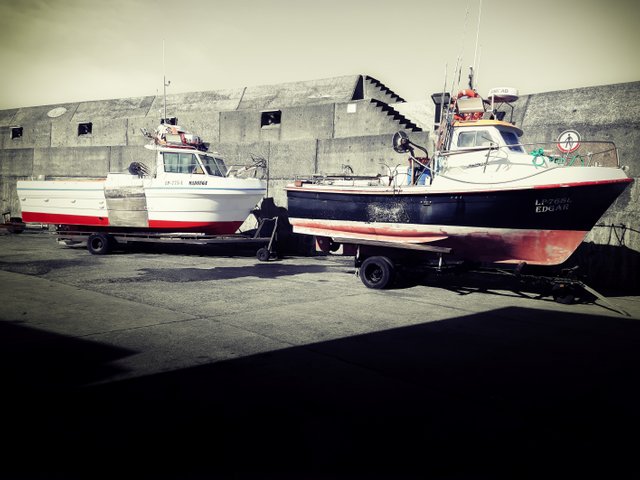📷Curiosities about the Azores Archipelago
Italy Community
⚔️ Who won the naval battle of Vila Franca do Campo?
Defeated on the mainland at the Battle of Alcântara and forced to flee the country with a bounty on his head, Dom António, Prior of Crato, found hope in the resistance led by some Azorean islands, particularly Terceira. Thus, the Azores could serve as a strategic base for assembling his forces, as he was considered the legitimate sovereign by a significant portion of the population.
Meanwhile, Dom António traveled to France and later to England, seeking military support to reclaim the Portuguese throne. France proved more willing to provide military assistance than England, although both European powers had more to lose than to gain from the Iberian Union, which strengthened the global dominance of the Philippine monarchy. Keeping the Azores out of Spanish control would deal a severe blow to Spain’s overseas ambitions. As Friar Simão de Barros stated, the archipelago was the key to all Spanish navigation, and whoever controlled it would not need to travel to the Indies or the South Sea.
Ultimately, King Henry III of France agreed to support Dom António’s cause, sending a significant naval force under the command of Filippo Strozzi, an Italian mercenary, to conquer the Azores, particularly São Miguel, which had sided with Philip II of Spain. In exchange, France was promised generous concessions, and speculation arose that a French victory might lead to a French occupation of Brazil. This military offensive was set to challenge what was considered the Invincible Armada.
After persistent negotiations, Dom António also secured limited English support, consisting of seven ships loaded with weapons and ammunition and permission to recruit English soldiers.
On the other side, Spain and Portugal joined forces, incorporating the best Portuguese ships into the Spanish fleet.
The French armada arrived at São Miguel on July 15, 1582, with a powerful fleet of around 60 ships. A week later, on July 22, the Spanish fleet, with fewer than 40 ships, arrived under the command of the Marquis of Santa Cruz.
After several naval maneuvers, the decisive battle took place off the coast of Vila Franca do Campo on July 25. Despite France’s numerical advantage, the battle ended in victory for Philip II’s forces. According to some accounts, Filippo Strozzi’s lack of experience and authority over French officers led to a lack of coordination in the attack, ultimately sealing their defeat.
From that moment on, Dom António, who had been advised to flee the night before the battle, saw his hopes of ruling Portugal gradually slip away.

I am sharing photos of landscapes, moments and experiences. Nature and sea are the most visited themes in my photo collection, but any attention-grabbing aspect can be photographed. Hope you enjoy it...
| Category | #italy |
| Location | Pico Island - Azores |

)
Upvoted! Thank you for supporting witness @jswit.
0.01 SBD,
1.07 STEEM,
1.10 SP